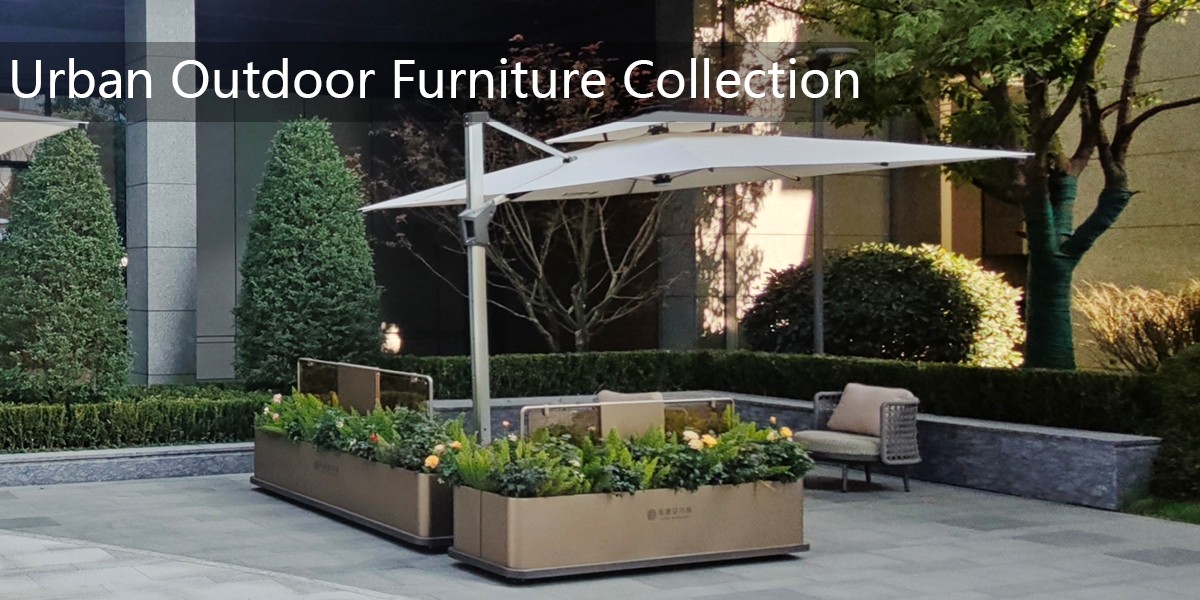Incorporating magnetostrictive sensors into outdoor trash cans can revolutionize waste management by enabling real-time monitoring and smart solutions. Here are the best ways to achieve seamless integration:
1. Sensor Placement for Optimal Performance: Install magnetostrictive sensors near the lid or base of the trash can to detect fill levels accurately. These sensors measure changes in magnetic fields caused by waste accumulation, providing precise data.
2. Weatherproofing and Durability: Ensure sensors are housed in waterproof and corrosion-resistant enclosures to withstand outdoor conditions like rain, heat, and dust. This extends their lifespan and reliability.
3. IoT Connectivity for Smart Monitoring: Pair magnetostrictive sensors with IoT platforms to transmit data to waste management systems. This allows for timely trash collection, reducing overflow and operational costs.
4. Energy-Efficient Power Solutions: Use solar panels or low-power Bluetooth modules to keep sensors operational without frequent battery replacements, making them sustainable for long-term use.
5. Data Analytics for Predictive Maintenance: Leverage sensor data to predict trash can fill patterns and optimize collection routes, improving efficiency in urban areas.
By following these methods, cities and businesses can transform ordinary trash cans into smart waste management assets, enhancing cleanliness and sustainability.


